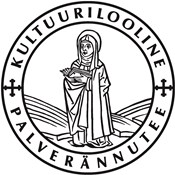Nõo
NÕO CHURCH
The Nõo church tower catches the eye of the traveller from a distance of a good kilometre or so. It is among the oldest rural churches in mainland Estonia; it has almost completely maintained its 13th century original form. Historian Kaur Alttoa claims that the building of the church was started in the 1250s–1260s.
According to various legends, during its 850-year long history, the Nõo St Lawrence Church has been overgrown by the forest at least three times and was then rediscovered. The last time it happened was during the Great Northern War (1700–1721) when the abandoned church was used by robbers who spied on the travellers who passed by either on foot or in a carriage. The Tartu–Riga postal route then ran near the church. In the Chronicle of Livonia by Balthasar Russow (1559), Nõo church carries the name of St Lorenz (Lawrence).
Nõo is first mentioned in written form in 1319, when the church was initially established as the chapel of the cathedral in Tartu.
The church was once, allegedly, a pilgrimage destination, and in restless times a refuge. The author of the altar painting (1895) is Tõnis Grenzstein, an Estonian who belonged to the Düsseldorf school of painting. Four oak figures of the apostles by sculptor Jaan Koort in 1910 can be seen in the alcoves of the altar wall: Peter, Paul, John and James.

The history of the Nõo parish has been written down by Uno Blank (1935) and Agnes-Asta Marand (2001–2004).
St Lawrence – patron saint of Nõo church
The pastor of Nõo church, Mart Jaanson, writes about St Lawrence, a disciple of Jesus:
„In the 21st article of the Augsburg Confession (1530), church reformer Philipp Melanchton writes: „...saints must be remembered because when we see how they found mercy and how faith has helped them, our own faith is confirmed, and also because we should take their good deeds as an example, each according to his calling...” This is precisely why the Nõo congregation is honoured to be named after St Lawrence and celebrates St Lawrence’s name day every year on 10 August.
Why is St Lawrence such a role model?
Lawrence, one of the seven deacons of the Roman bishop Sixtus II (ruled 257–258), was ordered during the rule of Emperor Valerian to hand all treasures of the church over to the Roman prefect. Lawrence asked for three days to carry out the task. During that time he gave all money to the needy, gathered together all the miserable and crippled in town, took them to the emperor’s castle at the appointed time and announced: „This is the true wealth of the church.”
Thus Lawrence, together with Roman Christians, followed the double command of Jesus – love God above all and love people as you love yourself. His bishop and his fellow deacons had already been executed because of loving God. Now Lawrence chose a martyr’s death for loving his fellow human beings.
According to a legend, Lawrence was killed in an especially savage way – being roasted slowly on a grill. There is a well-known story about how Lawrence told the soldiers during the torture: „Turn me round, this side is already done”. Because he defied heat Lawrence became the patron saint of everyone who deals with fire.
Lawrence’s prayer words before he died are less well-known – he prayed that Rome would turn from paganism to God. He therefore continued the custom of those who suffered because of their faith and prayed for his executioners, which was started by Jesus on the cross and which was followed by the first martyr Stephen at his death. Jesus said in Mt 10:25: „It is enough for the disciple that he be as his master, and the servant as his lord.” Lawrence is an example to us also because of his fidelity in following Jesus.”
The history of NÕO CEMETERY reaches back to the 18th century. The south-eastern part of the cemetery, separated by a stone wall from the rest, is the final resting place of the Luke lords of the manor, the families of the Löwenwoldes and the Knorrings. In 1799, Carl Magnus von Löwenwolde was buried here, and his grave is among the oldest in Nõo cemetery.
The grave of a young hero in Nõo cemetery
The bell-ringing in the Nõo church at the end of April always startles the rooks nesting around the church. The rumble can be heard from far away, depending on the wind.
At the end of April 1919 the bells tolled for Johannes Luiga, a 15-year-old schoolboy, the youngest recipient of the Estonian Cross of Liberty. He had volunteered for the army, although had to lie about his age as he was only 14 at the time. He was killed three months later, on 25 April 1919.
We know very little about his life. He could not wear his Cross of Liberty or work on the farm that was given to him. In fact, he had no chance to live a full life as we do. However, the mission is the same as it was one hundred years ago – education in the national spirit.
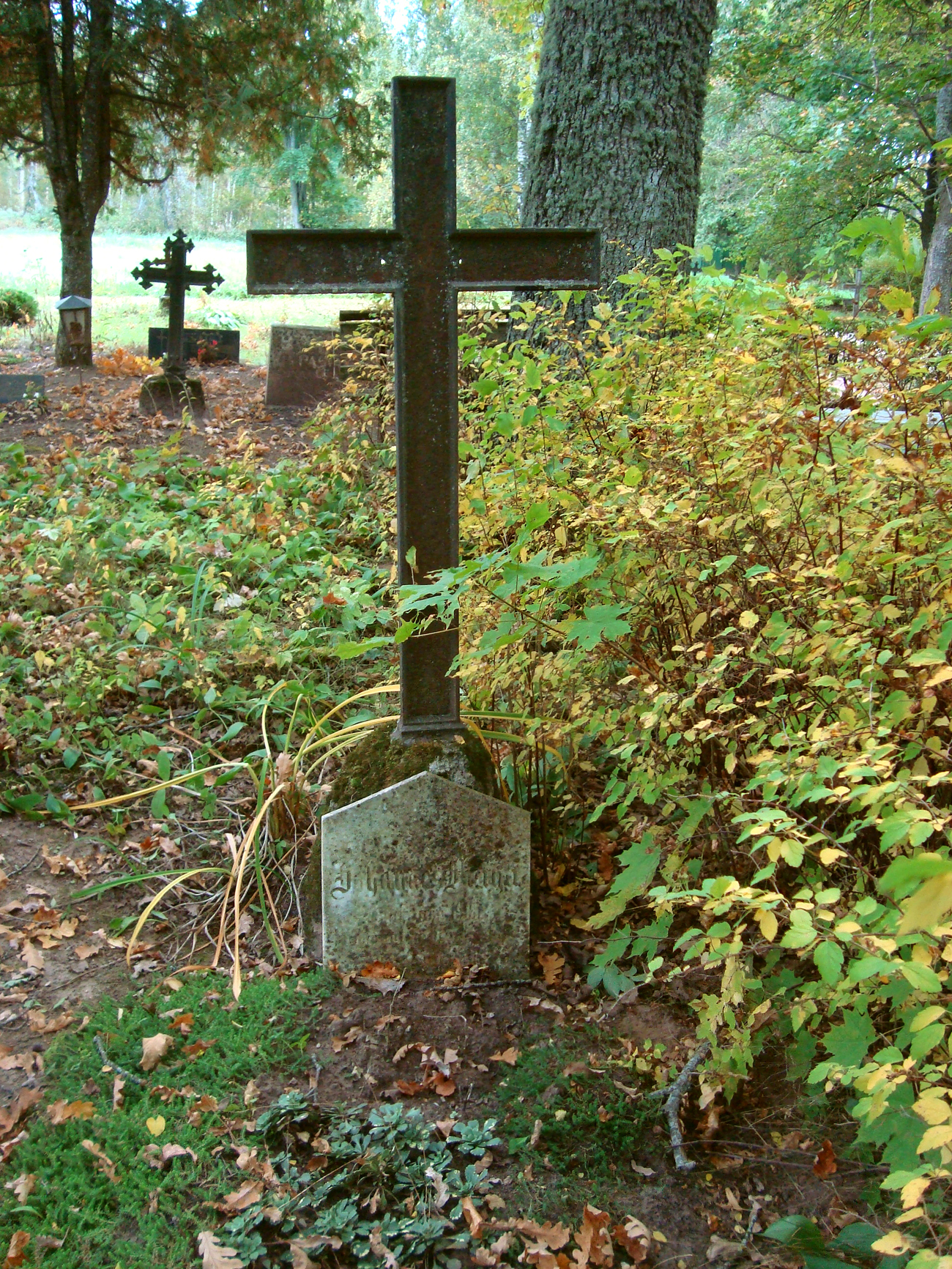
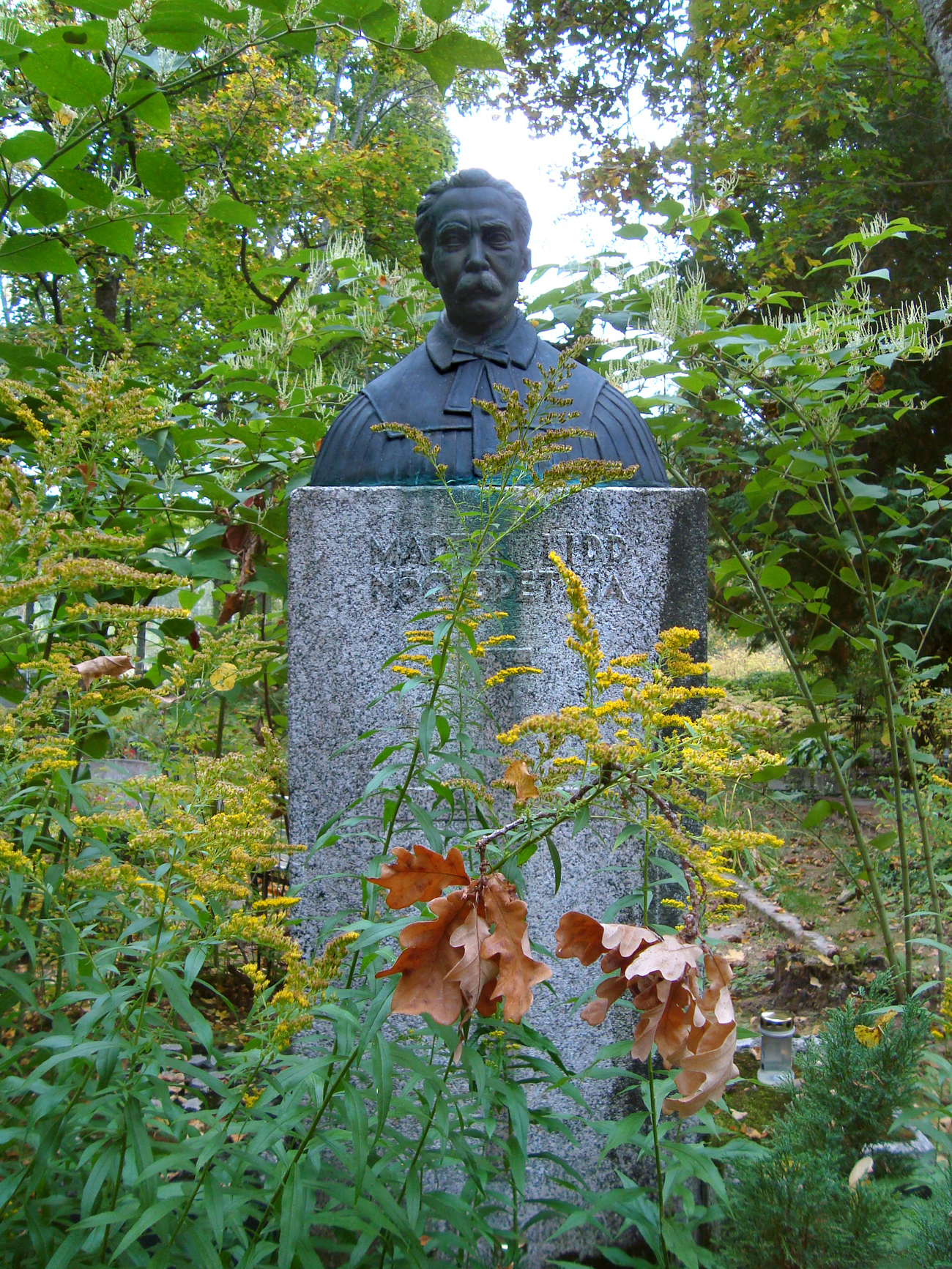
By the main road in the cemetery is the grave of pastor, poet and cultural historian Martin Lipp, marked by a granite monument with a bronze bust made by sculptor Anton Starkopf. Martin Lipp wrote the lyrics for the well-known song „Estonian Flag”.
Juhani Püttsepp, 2015
THE OLD NÕO RAILWAY EMBANKMENT
The well-preserved tsarist-era former railway embankment complex is also worth exploring: the railway station, storeroom for luggage and the toilet. A cobblestone road leads to the station. As a new station was completed in 1987, the old one was sold into private ownership.
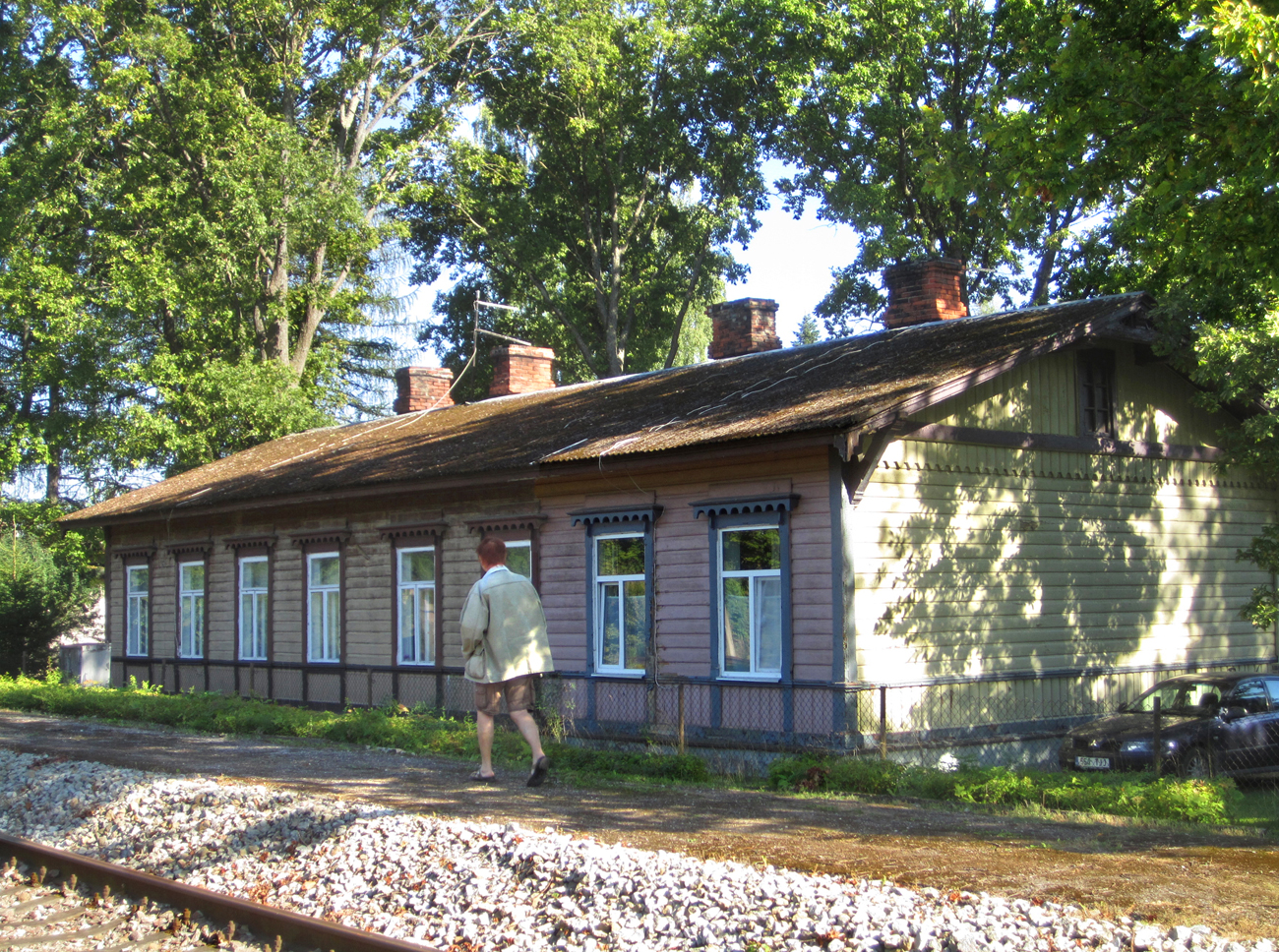
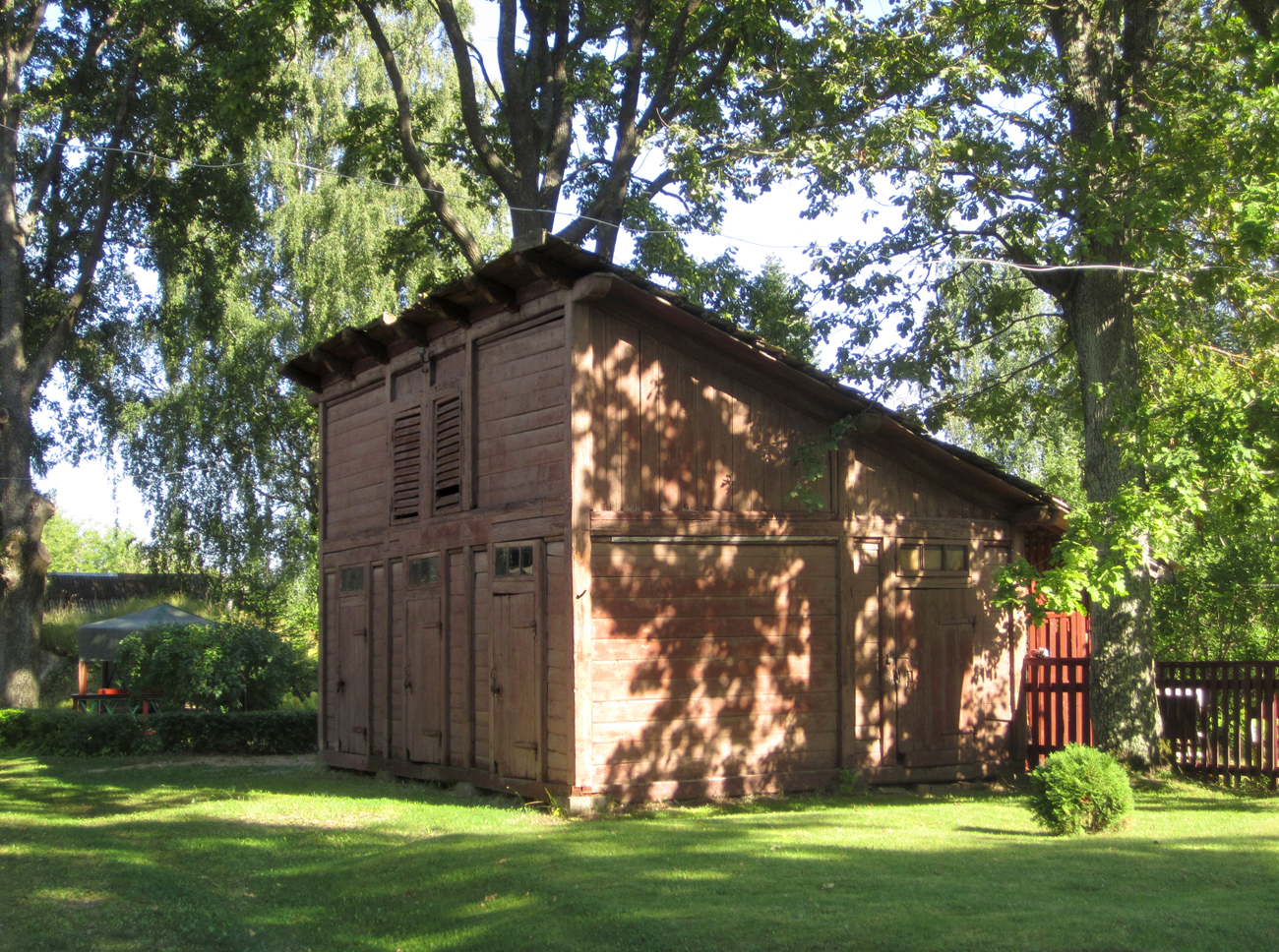
How Nõo got its railway station.
The Tartu–Valga–Irboska railway lines were established in 1889. The closest station to Tartu was Elva. People of Nõo wrote a petition for a station to be opened at Nõo. The reply said that if a certain number of tickets a year were sold to Nõo, the station would be built. All the Nõo people living in Tartu decided to travel to Nõo to celebrate a church feast and took all their friends and relatives along. The required number of tickets was thus sold and the station was opened in 1898, 15.3 km from Tartu. From that time onwards, Tartu people are in the habit of celebrating church feasts in Nõo. (As told by Juhan Laas, written down by Enn Tasa, 1939. ENA)
Sources
https://register.muinas.ee/public.php?menuID=monument&action=view&id=7230
https://register.muinas.ee/public.php?menuID=monument&action=view&id=4254
https://www.folklore.ee/lepp/noo/?sel_id=28
